Qualities That Are Must in Your Print-On-Demand Dropshipping Partner
Posted on March 15th, 2021
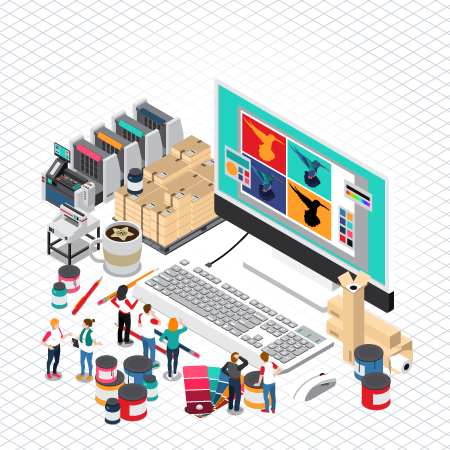
Posted on March 15th, 2021
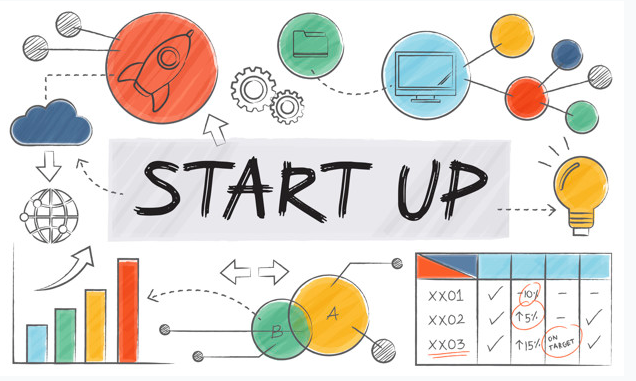
Posted on February 28th, 2021
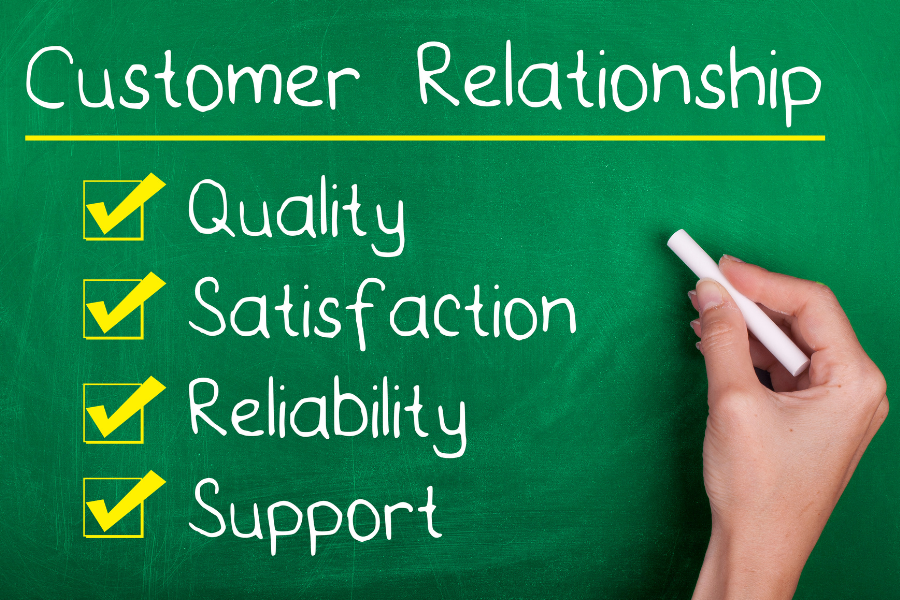
Posted on February 15th, 2021
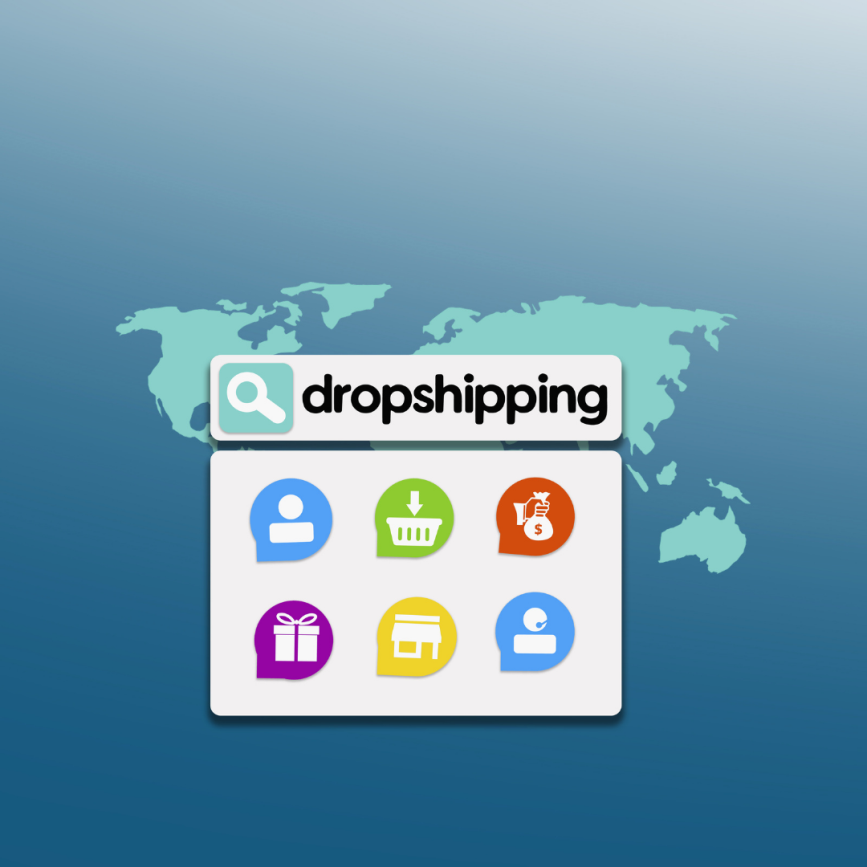
Posted on February 8th, 2021
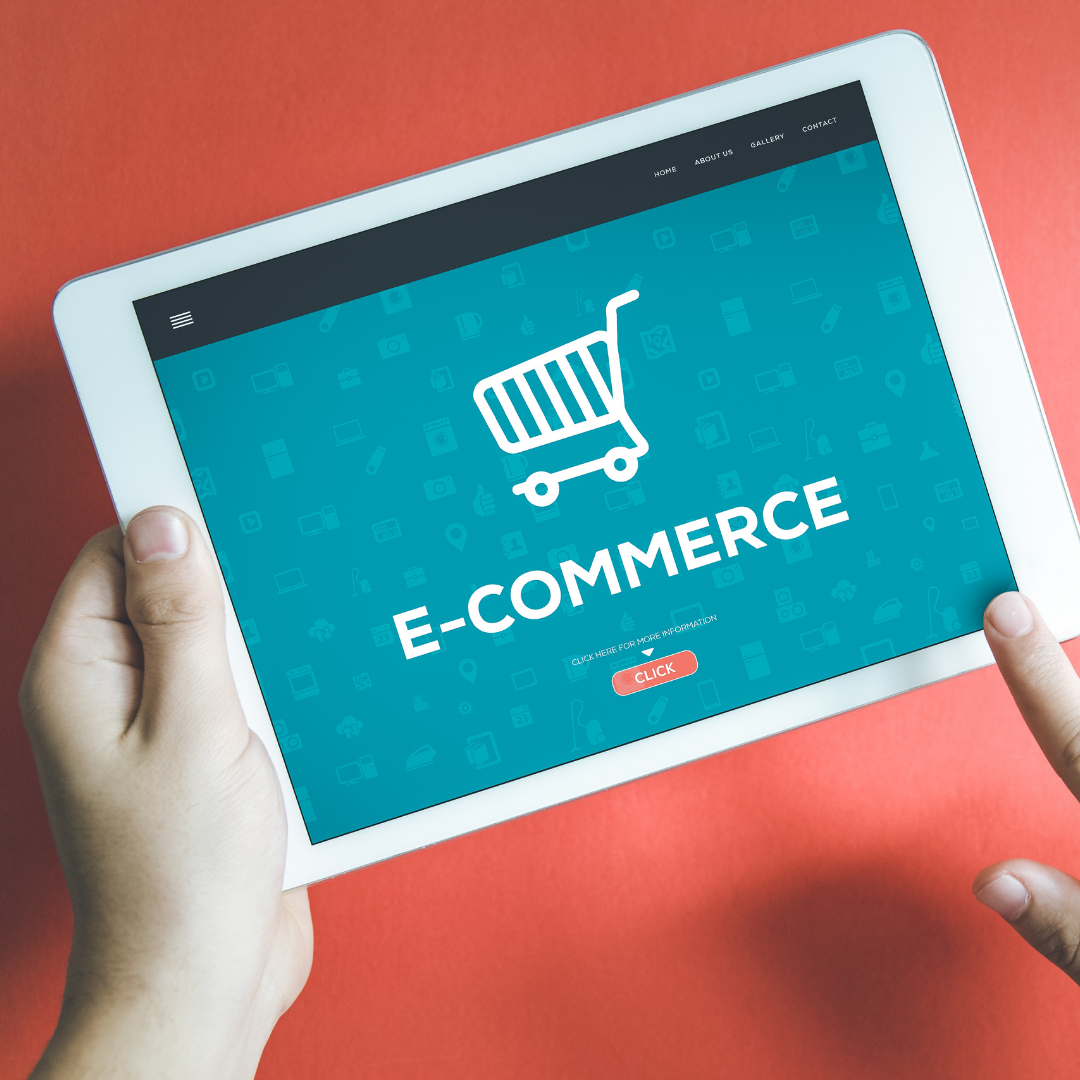
Posted on February 8th, 2021
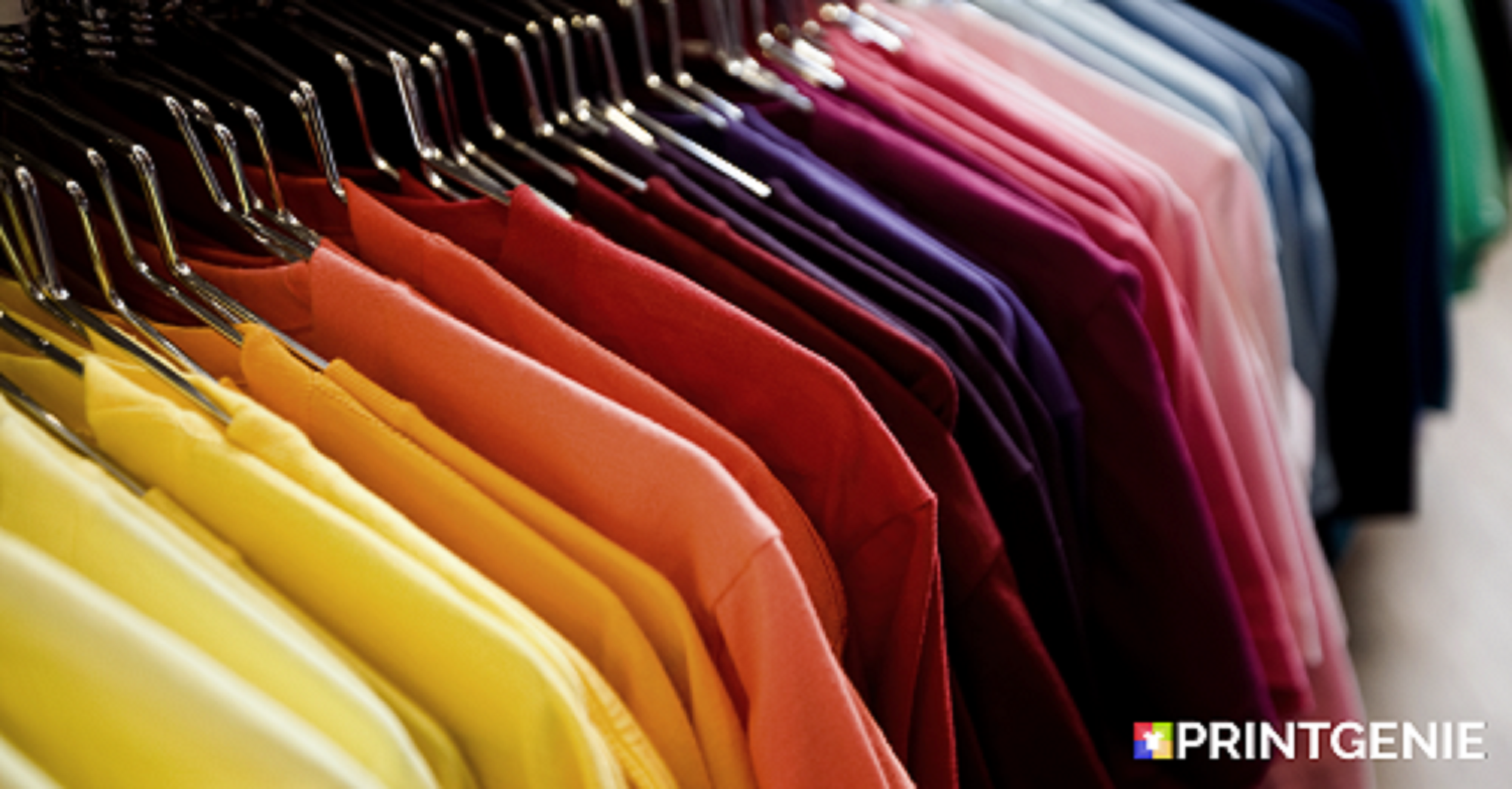
Posted on February 2nd, 2021

Posted on January 19th, 2021
.png)
Posted on January 18th, 2021
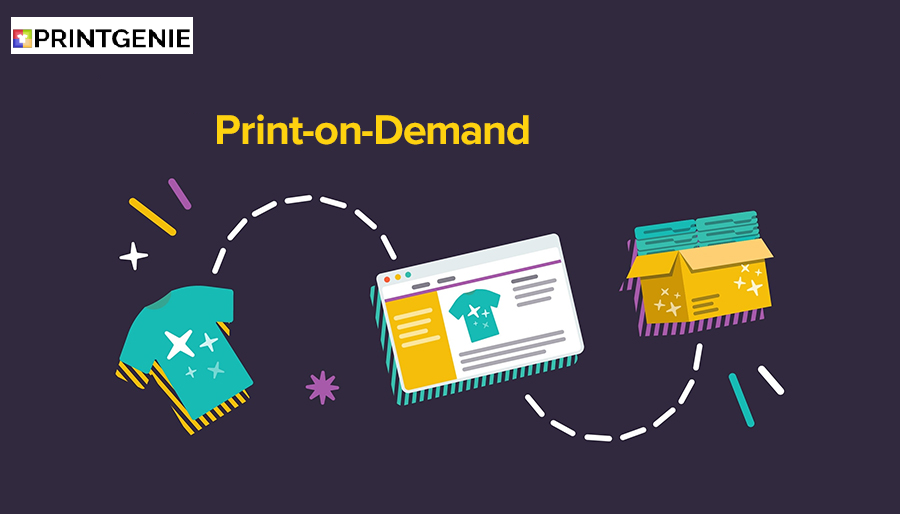
Posted on January 5th, 2021
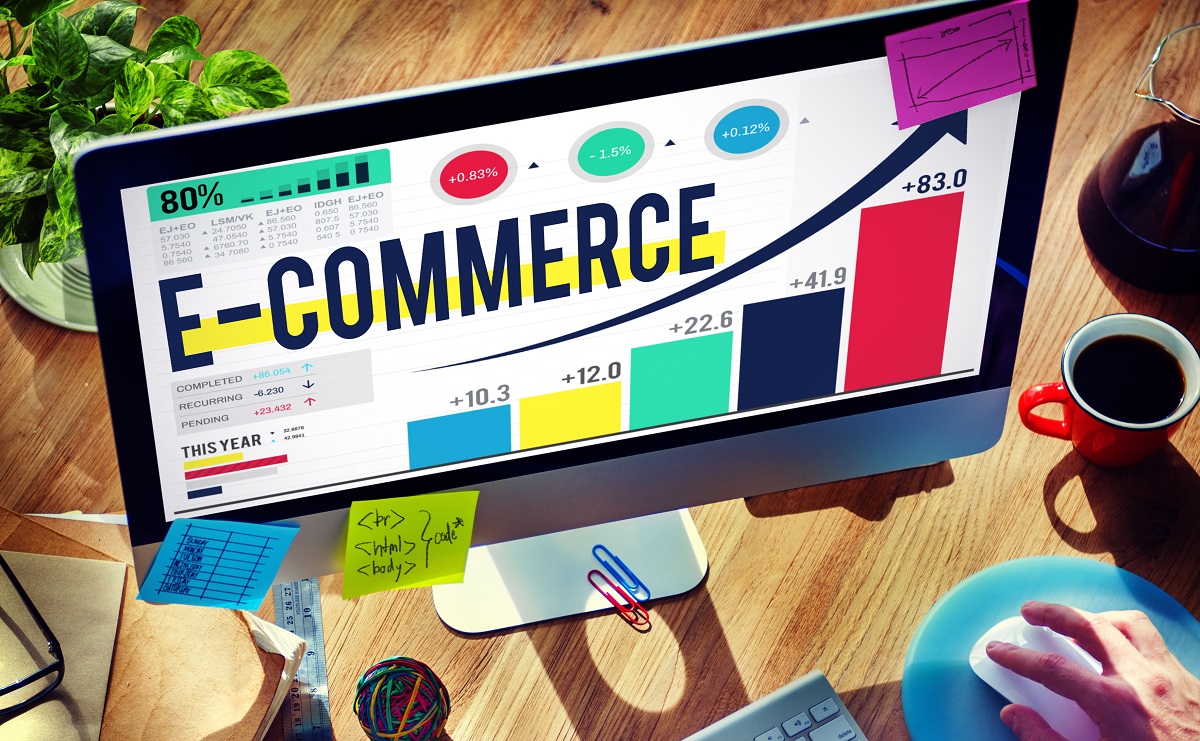
Posted on December 29th, 2020
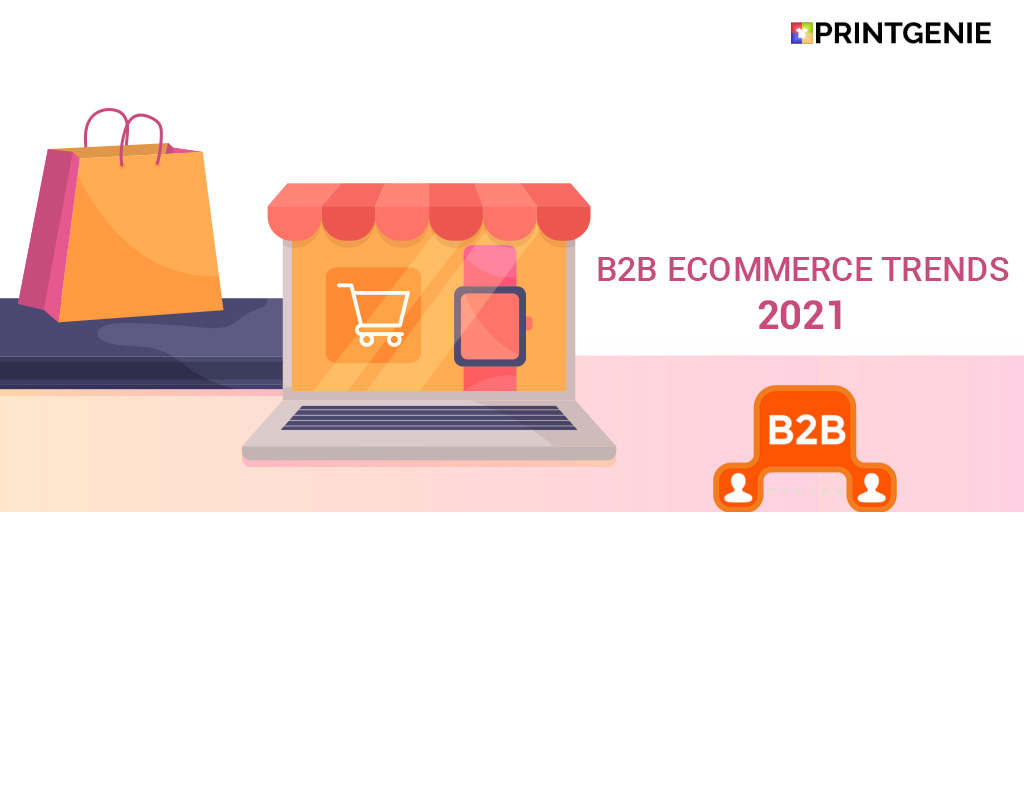
Posted at December 23rd, 2020 by Print Genie in Ecommerce platform guide
Thankfully, the most disruptive year of the century is coming to an end, and now is the time to tighten your belt even more! The New Year 2021 brings new hope to look upon trends that will take your B2B ecommerce forward. While B2B e-commerce was already increasing with the global pandemic fall upon us in early 2020, transforming the digital transformation.
The 2021 B2B e-commerce trends for businesses like Print-on-demand boost customer experience and convenience. It is possible to list many industry shifts for the coming year; you should be aware of the five trends that can help you accelerate your business. These could produce essential changes in how manufacturers, brands, retailers, distributors, and consumers interact in 2021. And these trends are also expected to prevail in the B2C domain for very different reasons.
Here are 4 B2B Ecommerce Trends for 2021:
1. Dropshipping.
Brands that may or may not manufacture their products and distributors have been drop shipping orders on a retailer's behalf. For instance, a shopper trying to order boots from a retail store can get his order shipped directly from the brand’s warehouse.
Similarly, when a customer buys a small kitchen appliance from the any reliable website, it is most likely that the manufacturer will fulfill the order and, mind you, not the retailer.
This dropshipping trend is becoming famous for many reasons. When the lockdown happened in March and April, and beyond, it created havoc with ecommerce supply chains. However, in some cases, this forced the wholesale business to invest in fulfillment infrastructure.
Similarly, when a shopper visits the kitchen appliance’s website and purchases a small kitchen appliance, a distributor or manufacturer will likely fulfill the order, not the retailer. This trend may have accelerated in 2020 for a few reasons.
First, the shutdowns in March, April, and beyond played havoc with ecommerce supply chains. In some cases, this forced wholesale businesses to invest in fulfillment infrastructure.
The second lockdown increased e-commerce demand forcing some retailers to turn into suppliers who were previously doing their fulfillment.
The third shutting down situation brought a little hard time for some retailers. However, they kept on selling online due to the drop shipping, and hence they were able to survive those hard times.
This pandemic forced wholesalers and retailers to change their habits. These new habits are not likely to change soon. B2B ecommerce could grow thanks to the continued and accelerated growth of drop shipping.
2. Ecommerce Integration
If you are wondering how dropshipping worked out so well is because of e-commerce integration. While COVID-19 impromptu has driven furloughs, many B2B companies could develop integrations with their retail customers. Mostly, these e-commerce integrations were benefitted by application programming interfaces that helped in connecting platforms and data.
Doing so has enabled brands and distributors to offer retailers accurate inventory information, supply chain retails, and other vital business data.
It was eCommerce integration that helped with data deliverance and place orders in new channels that include mobile devices either via native apps or progressive web apps.
Both B2B suppliers and retailers have made a prominent investment in these eCommerce integrations. If you wish to generate a return is only when you keep using them.

Tip: If you wish to buy printed clothes for men, then some online portals offer customized services. Avail easily.
3. Buyer experience:
Now buyers are experiencing a better buying experience due to increased B2B eCommerce. A survey concluded that 73% of online business buyers are millennials, and 68% of these purchasing professionals would prefer researching products online, and 61% of these users will use a mobile device than to speak with a salesperson.
B2B sales are not as popular as in the past. In 2021, all the B2B suppliers will use consumer's e-commerce practices and technology to entice new business customers and cater to purchasing professionals.
It is also expected that B2B e-commerce shopping trends and shoppers experiences will be giving competition to B2C with better websites, sales channels, mobile apps, and an appropriate level of personalization, integration, and also customization.
4. Payment Options:
Since new channels, integrations, and buying experiences have emerged, they have also given birth to new payment options, including new B2B financing forms. In 2021, B2B companies are expected to streamline their accounts receivable infrastructure. This could include a simple process like manual processes such as accommodating payments and physically mailing invoices in innovative ways.
Whatever new payment solution will emerge, it is expected that these new payment options will address several problems within the existing system. The problems might include digital transaction fees, payment delays, remittance data processing, and transaction visibility. These transaction payments for B2B transactions might resemble some of the retail options. These above-mentioned trends are supposed to revolutionize the B2B e-commerce trends in 2021.
Leave a Reply
Your email address will not be published